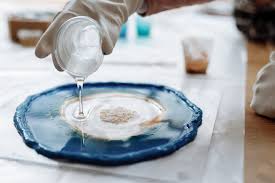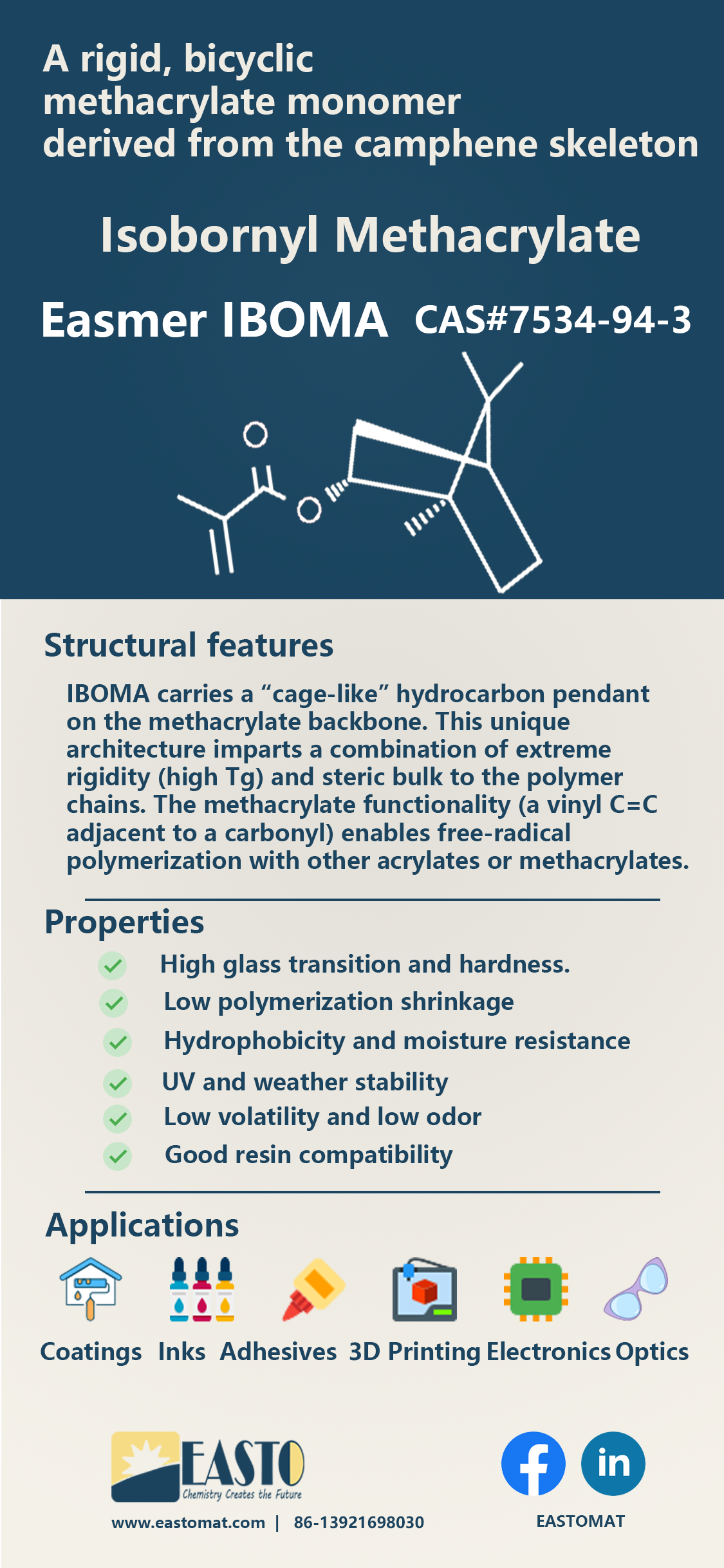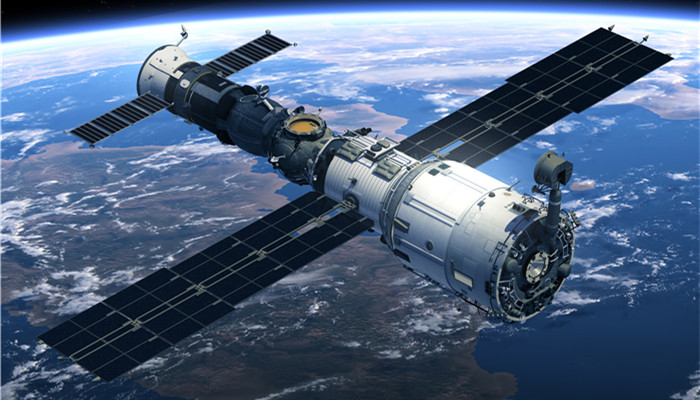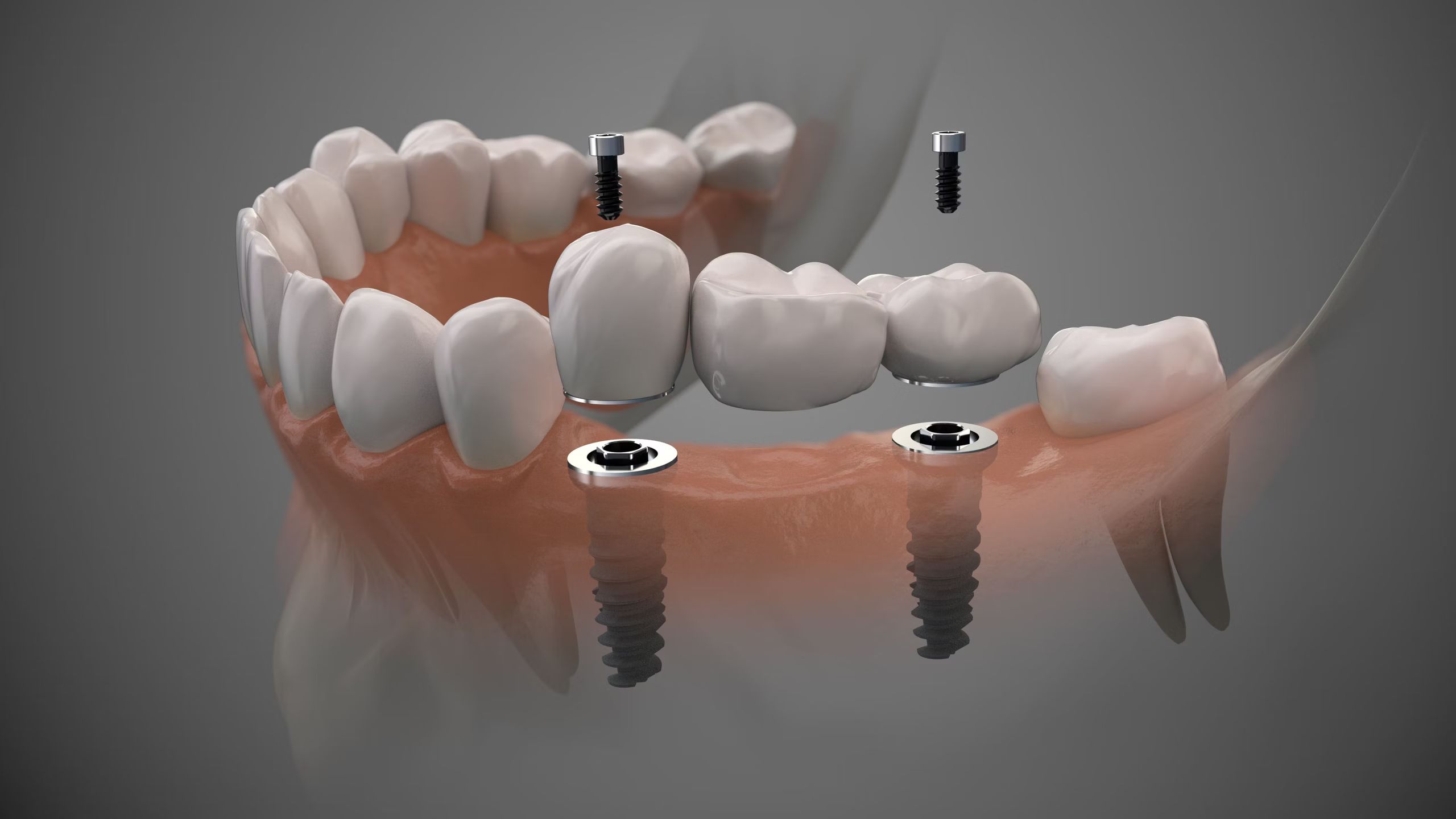A Complete Guide to Photopolymerization 3D Printing Technologies and Applications(Part 3)
Release time:
2025-05-08
Chapter 4: Advances in Photoinitiators and Light Sources
Photoinitiators and light sources are at the heart of photopolymerization-based 3D printing. They determine the speed, precision, and material properties of the printed object. This chapter explores the chemistry of photoinitiators, the evolution of light sources, and how both have advanced to enable cutting-edge applications.
4.1 Understanding Photoinitiators
What Are Photoinitiators?
Photoinitiators are chemical compounds that absorb light energy and initiate polymerization of the liquid resin.
They are responsible for converting liquid photopolymer into a solid structure upon exposure to light.
Types of Photoinitiators:
Free Radical Photoinitiators:
Most commonly used in photopolymerization-based 3D printing.
Initiate polymerization by generating free radicals when exposed to light.
Common examples: Irgacure 2959, TPO, BAPO.
Cationic Photoinitiators:
Trigger polymerization through an ionic mechanism.
Typically used for epoxy-based resins due to their high mechanical strength.
Common example: Triarylsulfonium salts.
Hybrid Photoinitiators:
Combine free radical and cationic mechanisms.
Provide faster curing and improved mechanical properties.
4.2 Wavelength Sensitivity of Photoinitiators
Different photoinitiators are activated by different light wavelengths:
UV Photoinitiators: Sensitive to UV light (365–405 nm).
Visible Light Photoinitiators: Activated by blue or green light (405–520 nm).
Near-Infrared (NIR) Photoinitiators: Sensitive to longer wavelengths (700–900 nm).
Selecting the Right Photoinitiator:
The choice of photoinitiator must match the light source of the printer.
UV photoinitiators are fast but may cause degradation of biological materials.
Visible light and NIR photoinitiators are safer for biocompatible applications.
Factors Affecting Photoinitiator Performance:
Absorption Spectrum: The range of wavelengths the photoinitiator can absorb.
Reactivity: How quickly it initiates polymerization.
Stability: Resistance to degradation during storage and use.
4.3 Evolution of Light Sources
Light sources provide the energy required for photopolymerization. The type and quality of the light source directly impact the printing speed, resolution, and material properties.
Types of Light Sources in 3D Printing:
UV Lasers:
Used primarily in SLA systems.
Offer high precision but are limited to UV-sensitive resins.
Digital Projectors (DLP):
Emit light in a broad range (UV to visible).
Can cure entire layers at once, making them faster than laser systems.
LED Arrays:
Used in both SLA and DLP printers.
Energy-efficient, long-lasting, and customizable (UV, visible, NIR).
NIR Light Sources:
Provide deeper light penetration for thick or highly absorbent resins.
Used in biomedical applications where visible light may cause damage.
4.4 Optimizing Light Intensity and Exposure
Importance of Light Intensity:
The intensity of the light source affects the speed of polymerization.
Too high intensity may cause overheating or over-curing.
Too low intensity can result in incomplete curing or weak structures.
Exposure Time:
Defined as the duration for which a specific area of the resin is exposed to light.
Short exposure time is suitable for fast-curing resins.
Long exposure time is necessary for highly filled or high-viscosity resins.
Balancing Intensity and Exposure:
For high-resolution prints, low intensity with longer exposure is preferred.
For rapid prototyping, high intensity with short exposure is ideal.
4.5 Advanced Light Source Technologies
Variable Wavelength Light Sources:
Modern 3D printers can switch between different wavelengths (UV, visible, NIR).
This flexibility allows the use of multiple photoinitiators and resins in a single print.
Focused Light Control (Voxel-Level Curing):
Some systems can focus light down to individual voxels (3D pixels).
Provides exceptional control over the mechanical properties of the printed object.
Multi-Light Systems (Dual-Wavelength):
Use two different wavelengths simultaneously.
Enhance polymerization efficiency and allow complex material formulations.
4.6 Safety Considerations
Protective Measures:
UV and visible light can cause eye and skin damage. Operators should wear appropriate protective gear.
Enclosed printing systems are recommended for UV-based printers.
Material Safety:
Uncured photopolymers can be toxic. Proper ventilation and handling are necessary.
Biocompatible resins should be selected for medical applications.
4.7 Comparison of Photoinitiators and Light Sources
Aspect | UV Photoinitiators | Visible Light Photoinitiators | NIR Photoinitiators | Hybrid Photoinitiators |
Wavelength Range | 365–405 nm | 405–520 nm | 700–900 nm | Multiple (UV + Visible) |
Activation Speed | Very Fast | Moderate | Slow | Moderate to Fast |
Applications | Standard SLA/DLP | Biocompatible, dental | Biomedical, deep curing | Versatile |
Material Compatibility | Standard resins | Biocompatible, visible-cured | Specialty NIR resins | Multi-material printing |
Safety | Requires UV protection | Lower hazard, safer for skin | Safe for biological samples | Balanced |
This chapter has highlighted the critical role of photoinitiators and light sources in photopolymerization-based 3D printing, covering their chemical principles, selection criteria, and technological advancements. In the next chapter, we will explore the diverse and rapidly expanding applications of photopolymerization-based 3D printing across various industries.
Photopolymerization 3D Printing,additive manufacturing,3D Printing Materials,SLA,DLP
Latest News
Get a Free Consultancy
NANTONG EASTO MATERIALS TECHNOLOGY CO.,LTD.

No.118,Zhujiang Rd.,Juegang St.,Rudong County,
Nantong City,Jiangsu Province,226400,China




 2025-05-14
2025-05-14







